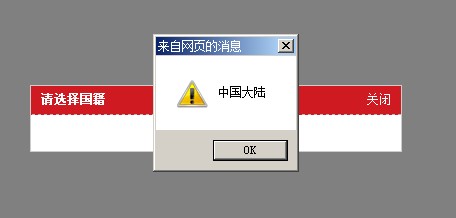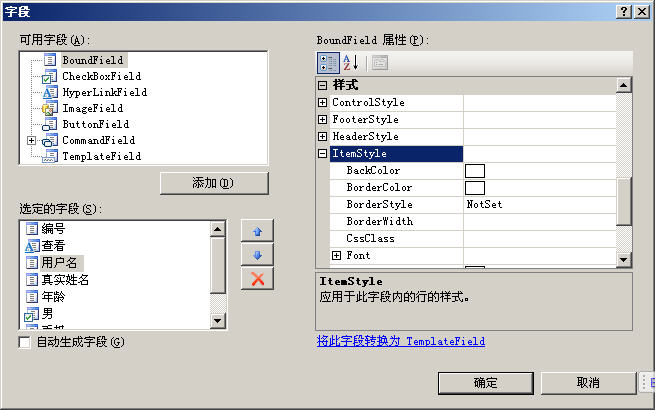设计模式-规约模式C#版
设计模式-规约模式C#版规约模式的使用场景就是规则,业务规则的碎片化。
业务规则的组合是不固定的,需要做成很容易组合,也很容易拆散的方式,规约模式是一个选择。
下面的例子是一个书店中,用户租书的场景。
需要判断用户的最大租书数和用户的状态,需要同时满足这两个要求,才可以继续租书。最大租书数和状态这两个规则拆散开来,在需要的时候再进行组合。不需要组合的地方,就单独使用这些规则。
针对一个实体有不同的规则,把这些规则碎片化,随意组合和拆散,这样就构成了规约模式。
using System;
using System.Collections.Generic;
using System.Linq;
using System.Text;
namespace DomainModel.Model
{
/// <summary>
/// 规约模式
/// </summary>
/// <typeparam name="T"></typeparam>
public interface ISpecification<T>
{
bool IsSatisfiedBy(T entity);
/// <summary>
/// 与规约
/// </summary>
/// <param name="specification"></param>
/// <returns></returns>
ISpecification<T> And(ISpecification<T> specification);
/// <summary>
/// 或规约
/// </summary>
/// <param name="specification"></param>
/// <returns></returns>
ISpecification<T> Or(ISpecification<T> specification);
/// <summary>
/// 非规约
/// </summary>
/// <returns></returns>
ISpecification<T> Not();
}
public class Customer
{
private ISpecification<Customer> _hasReachedMax;
private ISpecification<Customer> _active;
public Customer(ISpecification<Customer> hasReachedMax, ISpecification<Customer> active)
{
this._hasReachedMax = hasReachedMax;
this._active = active;
}
public int TotalRentNumber { get; set; }
public bool Active
{
get { return true; }
}
public bool CanRent()
{
var specification = this._hasReachedMax.Not().And(this._active.Not());
return specification.IsSatisfiedBy(this);
}
}
public class HasReachedMaxSpecification : CompositeSpecification<Customer>
{
public override bool IsSatisfiedBy(Customer entity)
{
return entity.TotalRentNumber >= 6;
}
}
public class CustomerActiveSpecification : CompositeSpecification<Customer>
{
public override bool IsSatisfiedBy(Customer entity)
{
return entity.Active;
}
}
/// <summary>
/// 组合规约
/// </summary>
/// <typeparam name="T"></typeparam>
public abstract class CompositeSpecification<T> : ISpecification<T>
{
public abstract bool IsSatisfiedBy(T entity);
public ISpecification<T> And(ISpecification<T> specification)
{
return new AndSpecification<T>(this, specification);
}
public ISpecification<T> Not()
{
return new NotSpecification<T>(this);
}
public ISpecification<T> Or(ISpecification<T> specification)
{
throw new NotImplementedException();
}
}
public class AndSpecification<T> : CompositeSpecification<T>
{
private ISpecification<T> _left;
private ISpecification<T> _right;
public AndSpecification(ISpecification<T> left, ISpecification<T> right)
{
this._left = left;
this._right = right;
}
public override bool IsSatisfiedBy(T entity)
{
return this._left.IsSatisfiedBy(entity) && this._right.IsSatisfiedBy(entity);
}
}
public class OrSpecification<T> : CompositeSpecification<T>
{
private ISpecification<T> _left;
private ISpecification<T> _right;
&
补充:软件开发 , C# ,




